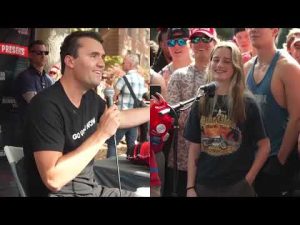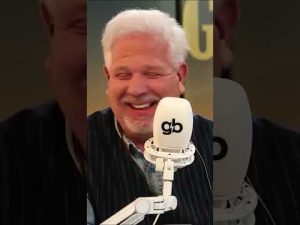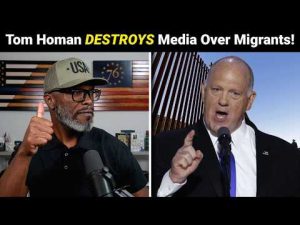The economic landscape in America is currently looking about as uncertain as a cat in a room full of rocking chairs. This uncertain environment is largely due to President Trump’s on-again, off-again tariff policies, which have sent shockwaves through financial markets and left many wondering just what the future holds. Chief economists from various organizations have reported heightened fears of a recession, raising eyebrows and encouraging cautious behavior among businesses and investors.
As recent analysis shows, the chance of a recession over the next 12 months is hovering around 45%, according to a survey conducted by The Wall Street Journal. This figure is still lower than the 60% that was predicted in previous years, where, interestingly enough, those doomsday scenarios never quite materialized. However, the current economic climate has some economists, like those from KPMG, worried enough to up the ante with their own recession odds at a steady 60%. This begs the question: is it time to batten down the hatches, or is there still hope on the horizon?
On the flip side, a recession is technically defined by two consecutive quarters of negative gross domestic product (GDP). The National Bureau of Economic Research keeps an eye on various economic indicators like employment, consumer spending, and industrial production to determine when a recession has taken hold. Trump’s ongoing quest to bring manufacturing back to American soil through tariffs might promise a brighter future, but the erratic nature of these policies complicates business planning at home and abroad.
Many financial experts believe that the uncertainty stemming from these tariffs is stifling capital spending and leading to a freeze on investments. After all, it’s hard to invest when you can’t figure out which way the government is swinging. Within big companies, especially those with international ties, making long-term plans feels like throwing darts while blindfolded. The probability of a recession starting within the year now rests at an alarming 60%, and as soon as tariffs begin impacting prices, experts predict the economic damage will only escalate.
Meanwhile, the Federal Reserve is keeping a watchful eye, as rising tariffs could hike consumer prices temporarily or even lead to persistent inflation down the line. The Core Personal Consumption Expenditures (PCE) Index was reported at 2.8% higher year-over-year in February, which is a minor retreat from prior peaks. Still, if trends continue, they expect it could spike closer to 4% by year’s end. With prices rising and consumers feeling the pinch, many worry about a classic case of stagflation—where sluggish growth coexists with high inflation and employment woes, reminiscent of the tough 1970s. This precarious balancing act presents a challenge that the Fed aims to navigate without losing its grip.
Ultimately, whether the economic forecast brightens or darkens greatly hinges on how the administration decides to handle tariffs moving forward. The notion of trust in the economy is crucial, as it’s like the oil that keeps the market machine running smoothly. Should tariffs continue to loom large and uncertainty reign supreme, businesses and consumers alike may hesitate to spend or invest, stalling economic progress just when the country needs it the most. The stakes are high, and observers are eagerly awaiting developments that could clarify just what the future of American economics will look like.







